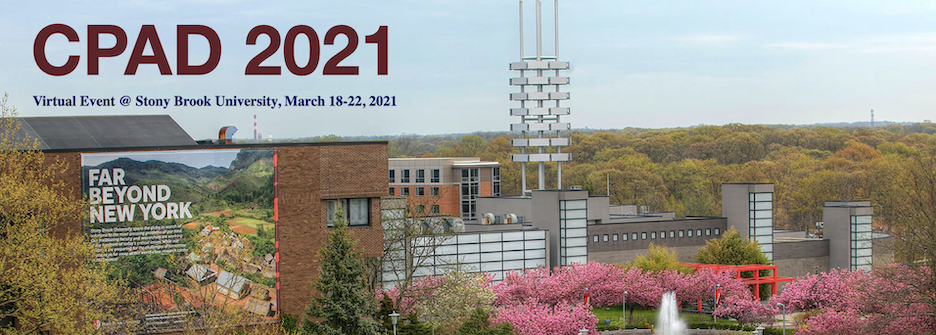Speaker
Description
Long-lived radioactive isotopes produced by cosmogenic activation are a major source of background for rare event searches such as dark matter and neutrinoless double beta decay. Understanding the production rates of these cosmogenic isotopes is extremely important for determining the total allowable surface residence time of detector materials during fabrication, storage, and transportation. However, experimentally measuring the production rate is difficult due to low specific activities and because several of the decays of interest produce low energy electrons and x-rays that are not easily detectable. I will discuss a measurement technique that uses a high intensity neutron beam (with a spectrum similar to cosmic ray neutrons) in conjunction with low-background self-counting methods to determine production rates in active detector materials. Based on this technique I will briefly summarize previous results from the measurement of cosmogenic 39Ar and 37Ar production rates in argon, before presenting the first measurement of cosmogenic tritium production in silicon, as well as applications to other detector materials.
